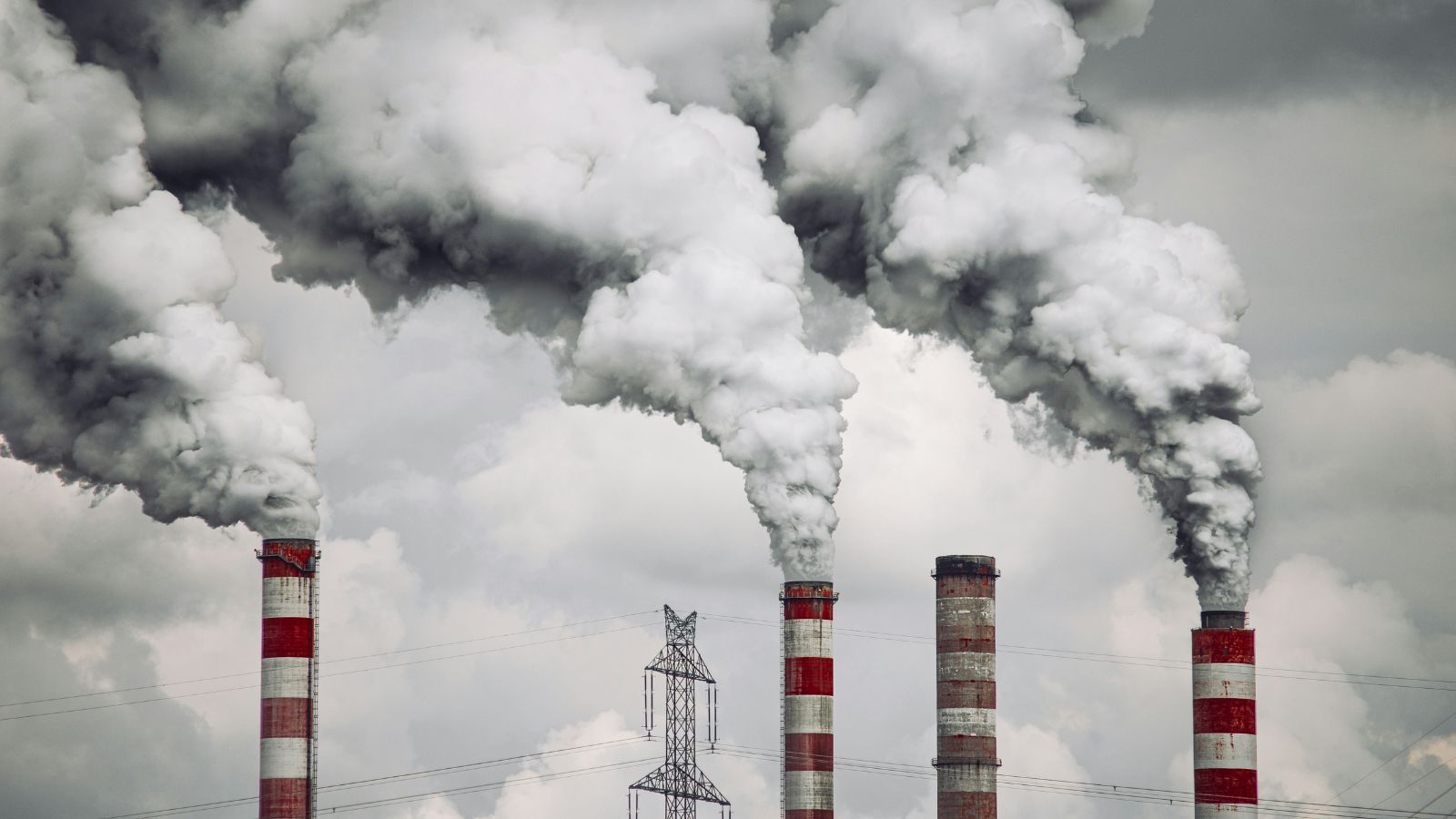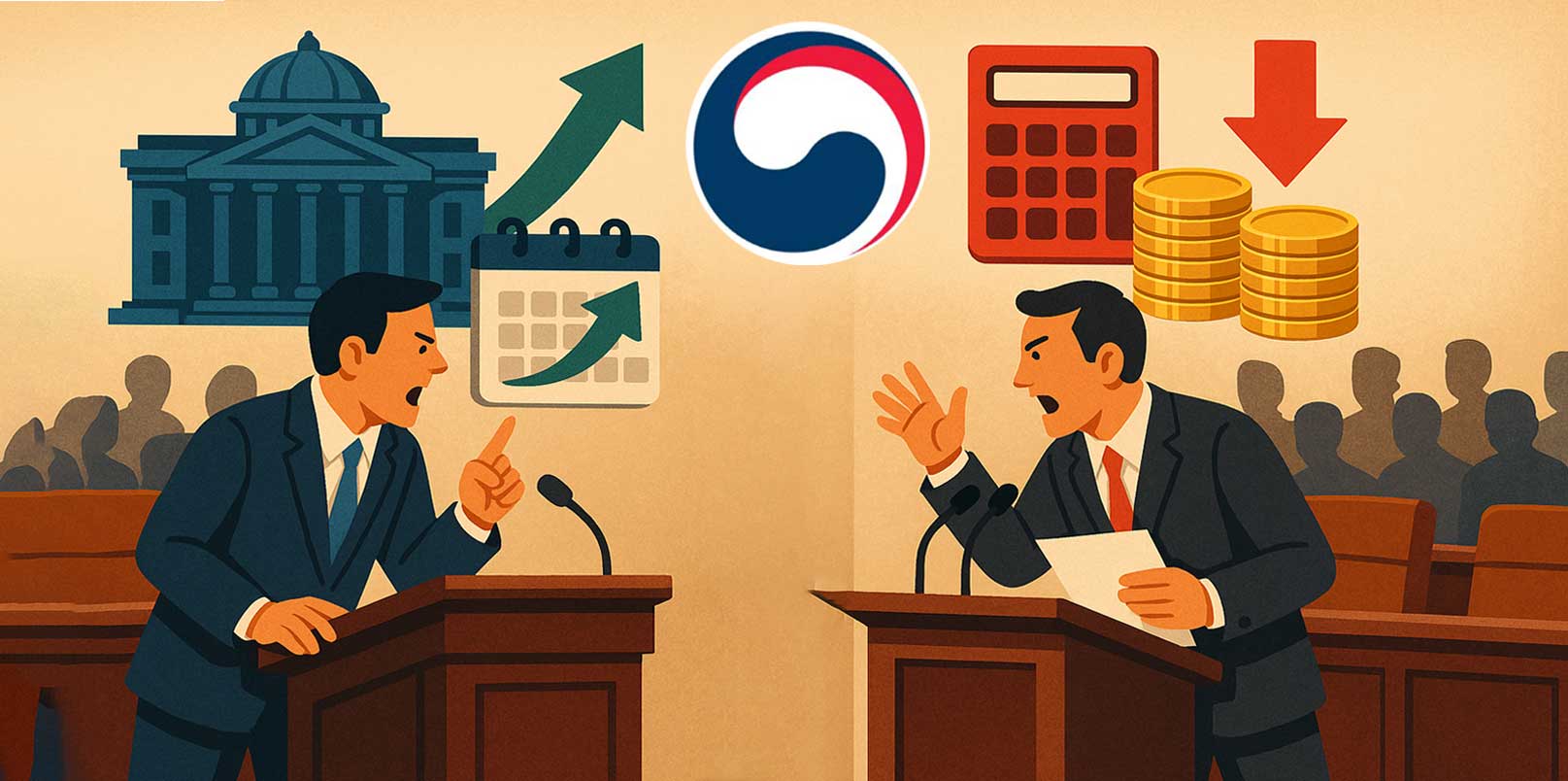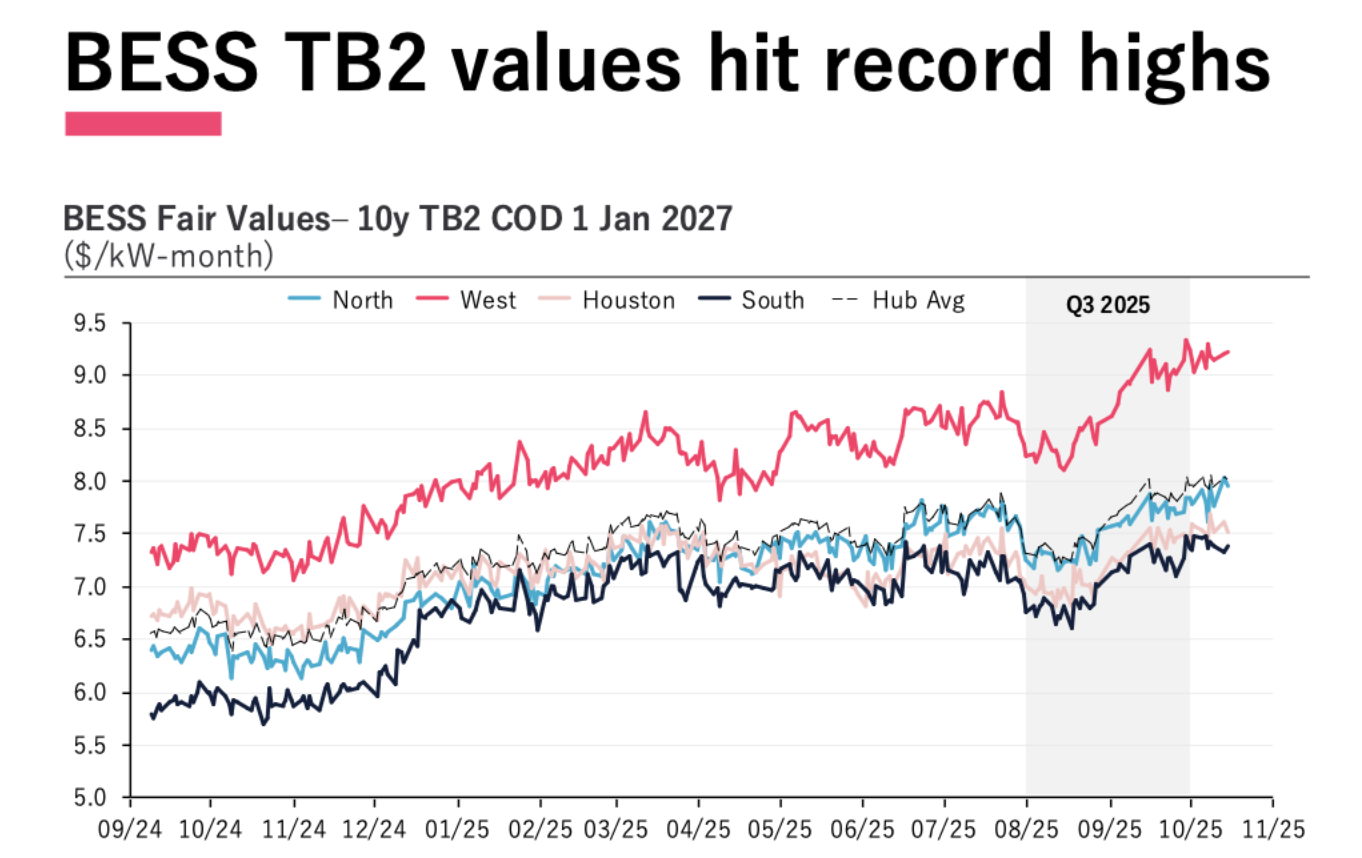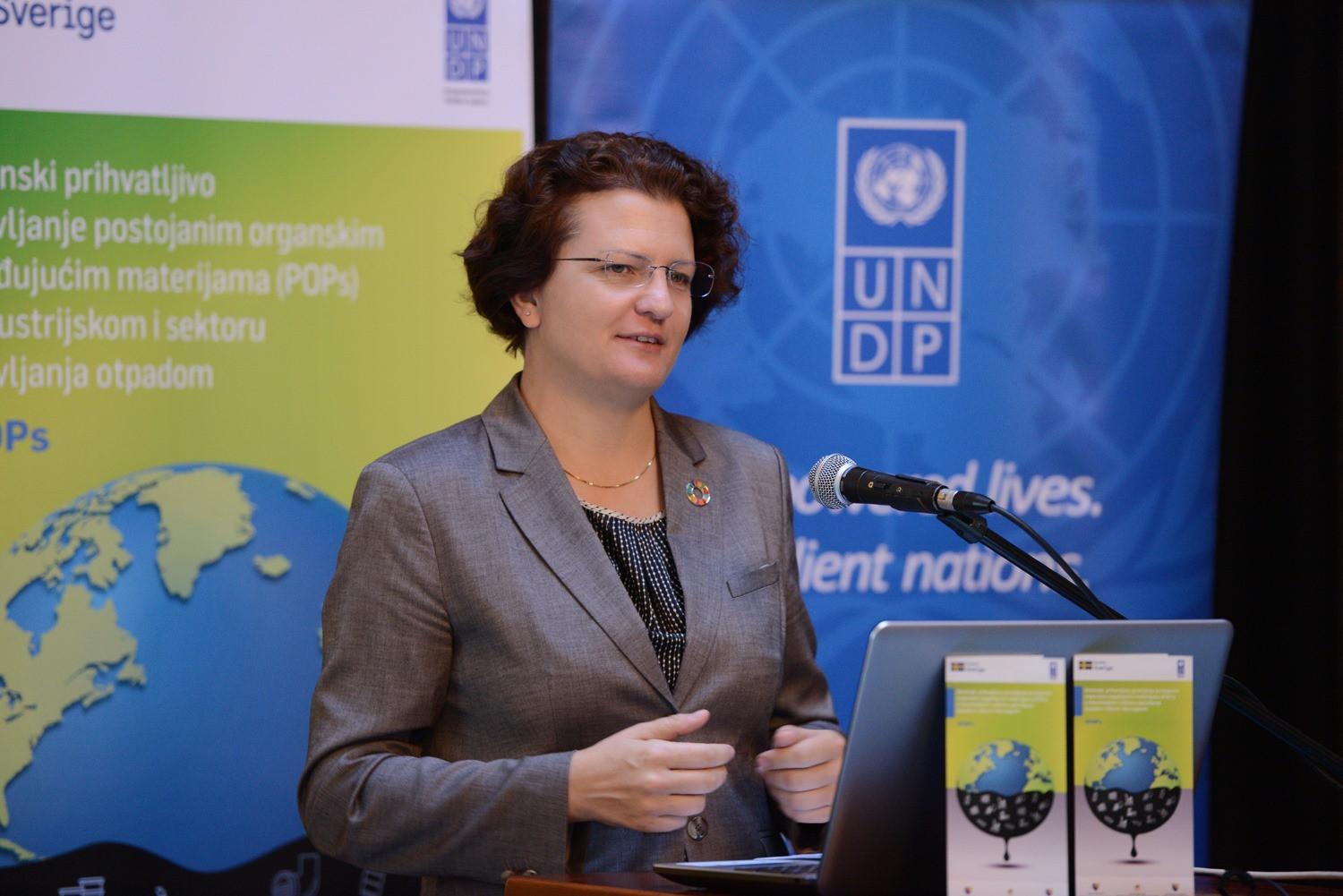EPA administrator defends administration’s move to revoke 2009 finding pollution endangers human health – CNN
_(cropped_3-4).jpg/250px-Robert_F._Kennedy_Jr.,_official_portrait_(2025)_(cropped_3-4).jpg?#)
Report on Proposed Repeal of EPA’s Endangerment Finding and its Implications for Sustainable Development Goals
1.0 Introduction
This report details the recent defense by Environmental Protection Agency (EPA) Administrator Lee Zeldin of the administration’s proposal to repeal the 2009 endangerment finding. This finding is the scientific and legal cornerstone that establishes planet-warming pollution as a danger to human health, thereby authorizing federal regulation. The proposed repeal carries significant consequences for the United States’ commitment to key United Nations Sustainable Development Goals (SDGs), particularly those concerning health, climate action, and sustainable infrastructure.
2.0 Administration’s Position and Justification
The administration’s rationale for repealing the 2009 finding is based on several key arguments presented by Administrator Zeldin:
- Outdated Science: The administration contends that the 2009 finding relied on “the most pessimistic views of the science” which, it claims, have not materialized. The current approach aims to use “2025 facts as opposed to 2009 bad assumptions.”
- Limited Domestic Health Impacts: The official proposal asserts that while atmospheric greenhouse gas levels have risen, this increase has not produced the “degree of adverse impacts to public health and welfare in the United States” that the EPA originally anticipated.
- Attribution to Foreign Sources: The proposal suggests that the rise in emissions is “driven primarily by increased emissions from foreign sources,” thereby downplaying the domestic contribution to climate change.
- Regulatory Overreach: Administrator Zeldin stated that the EPA must follow the “plain language of the law” and that creating such broad regulations is the responsibility of Congress, not a power granted to the EPA.
3.0 Scientific Consensus and Contradictory Evidence
The administration’s position is in direct conflict with the overwhelming scientific consensus and data accumulated since 2009. This evidence underscores the urgency of climate action as outlined in the SDGs.
- The United States is the world’s second-largest current emitter of greenhouse gases and the largest historical contributor, a critical fact for SDG 13 (Climate Action) and SDG 17 (Partnerships for the Goals).
- Numerous rigorous scientific studies published since 2009 have strengthened the link between climate pollution and adverse health outcomes, including direct mortality, which is a core concern of SDG 3 (Good Health and Well-being).
- According to climate scientist Zeke Hausfather, the world has warmed an additional 0.45 degrees Celsius since the finding was issued, and the “scientific certainty around climate change and evidence of the dangers it is causing have grown stronger since 2009.”
4.0 Analysis of Implications for Sustainable Development Goals (SDGs)
The proposed repeal would fundamentally undermine the United States’ ability to meet its international commitments and domestic goals related to sustainable development.
- SDG 3: Good Health and Well-being: By officially delinking greenhouse gas pollution from public health endangerment, the action directly contravenes the goal of reducing illness and death from pollution and ensuring healthy lives for all citizens.
- SDG 7: Affordable and Clean Energy: Removing the primary driver for regulating fossil fuel emissions would weaken incentives for transitioning to clean and renewable energy sources, hindering progress on this goal.
- SDG 11: Sustainable Cities and Communities: The repeal would affect regulations on motor vehicle emissions, directly impacting air quality and public health in urban centers and working against the creation of sustainable and resilient cities.
- SDG 13: Climate Action: This is the most severely impacted goal. Repealing the finding would strip the federal government of its most effective tool to combat climate change and regulate the nation’s planet-warming pollution.
- SDG 16: Peace, Justice and Strong Institutions: The move challenges the principle of evidence-based policymaking and weakens the institutional framework designed to protect public welfare and the environment.
5.0 Regulatory Outlook and Conclusion
The EPA is currently in a public comment period regarding its proposal to repeal emissions regulations for motor vehicles, which are founded upon the 2009 endangerment finding. The successful repeal of the core finding would dismantle nearly two decades of established climate policy. This action would represent a significant regression in the nation’s efforts to address the climate crisis and would place the achievement of multiple Sustainable Development Goals in serious jeopardy.
1. Which SDGs are addressed or connected to the issues highlighted in the article?
-
SDG 3: Good Health and Well-being
The article directly connects pollution to human health. It discusses the “endangerment finding,” which is based on the scientific conclusion that “planet-warming pollution from fossil fuels endangers human health.” It further reinforces this by stating that scientific findings show climate pollution is “not just harming public health but killing people outright.”
-
SDG 13: Climate Action
This is the central theme of the article. The entire discussion revolves around the regulation of “planet-warming pollution,” “greenhouse gas emissions,” and the fight against “climate change.” The article mentions the US’s role as the “world’s second largest emitter of greenhouse gases” and the measurable warming of the planet.
-
SDG 16: Peace, Justice and Strong Institutions
The article highlights the role and actions of a key government institution, the Environmental Protection Agency (EPA). It discusses the EPA’s proposal to repeal a major environmental regulation, the legal basis for its authority as interpreted by the Supreme Court, and the process of public consultation (“public comment period”). This relates to the effectiveness, accountability, and transparency of institutions.
2. What specific targets under those SDGs can be identified based on the article’s content?
-
Target 3.9: By 2030, substantially reduce the number of deaths and illnesses from hazardous chemicals and air, water and soil pollution and contamination.
The article’s focus on the “endangerment finding” links greenhouse gas pollution directly to adverse impacts on “public health and welfare.” The statement that climate pollution is “killing people outright” explicitly connects the issue to mortality rates, which this target aims to reduce.
-
Target 13.2: Integrate climate change measures into national policies, strategies and planning.
The article is centered on a significant national policy: the 2009 “endangerment finding” that serves as the basis for EPA regulations to control pollution. The Trump administration’s move “to repeal” this finding and the associated “greenhouse gas emissions regulations for motor vehicles” is a direct action related to national climate policy and planning.
-
Target 16.6: Develop effective, accountable and transparent institutions at all levels.
The article describes the EPA’s process, noting it is in a “public comment period on its proposal.” This is a mechanism for transparency and public accountability. Furthermore, the EPA Administrator’s justification for his actions, citing his interpretation of the law and the Supreme Court’s rulings (“I have to follow the plain language of the law”), speaks to the functioning and accountability of the institution.
3. Are there any indicators mentioned or implied in the article that can be used to measure progress towards the identified targets?
-
For Target 3.9:
- Implied Indicator (related to 3.9.1 – Mortality rate attributed to air pollution): The article doesn’t provide specific numbers but implies this indicator by stating that scientific findings show climate pollution is “killing people outright.” The existence of the “endangerment finding” itself, which concludes that pollution “endangers human health,” serves as a qualitative measure of this risk.
-
For Target 13.2:
- Indicator (related to 13.2.2 – Total greenhouse gas emissions per year): The article explicitly mentions this, stating that “greenhouse gas emissions have continued to rise in the atmosphere” and that the “US is the world’s second largest emitter of greenhouse gases.”
- Indicator (related to 13.2.1 – Number of countries that have communicated the establishment or operationalization of an integrated policy/strategy/plan): The article discusses the establishment and potential repeal of a key national policy—the “endangerment finding” and its resulting regulations—which is a direct measure of national climate action plans.
-
For Target 16.6:
- Implied Indicator (related to public access to information and transparent processes): The article mentions that the EPA is in a “public comment period on its proposal.” This process is a direct, observable indicator of an institution’s commitment to transparency and public participation in decision-making.
-
General Climate Change Indicator:
- Global Temperature Rise: The article provides a precise metric for the progression of climate change: “the world has warmed an additional 0.45 degrees Celsius (or 0.81 degrees Fahrenheit) to 1.4 degrees Celsius” since 2009. This is a key indicator for assessing the overall state of the climate.
4. Table of SDGs, Targets, and Indicators
| SDGs | Targets | Indicators |
|---|---|---|
| SDG 3: Good Health and Well-being | 3.9: Substantially reduce deaths and illnesses from pollution and contamination. | Implied: Mortality rate from pollution, as the article states climate pollution is “killing people outright” and “endangers human health.” |
| SDG 13: Climate Action | 13.2: Integrate climate change measures into national policies, strategies and planning. |
|
| SDG 16: Peace, Justice and Strong Institutions | 16.6: Develop effective, accountable and transparent institutions at all levels. | The implementation of a “public comment period” by the EPA as a mechanism for institutional transparency and public participation. |
Source: cnn.com

What is Your Reaction?
 Like
0
Like
0
 Dislike
0
Dislike
0
 Love
0
Love
0
 Funny
0
Funny
0
 Angry
0
Angry
0
 Sad
0
Sad
0
 Wow
0
Wow
0













































































